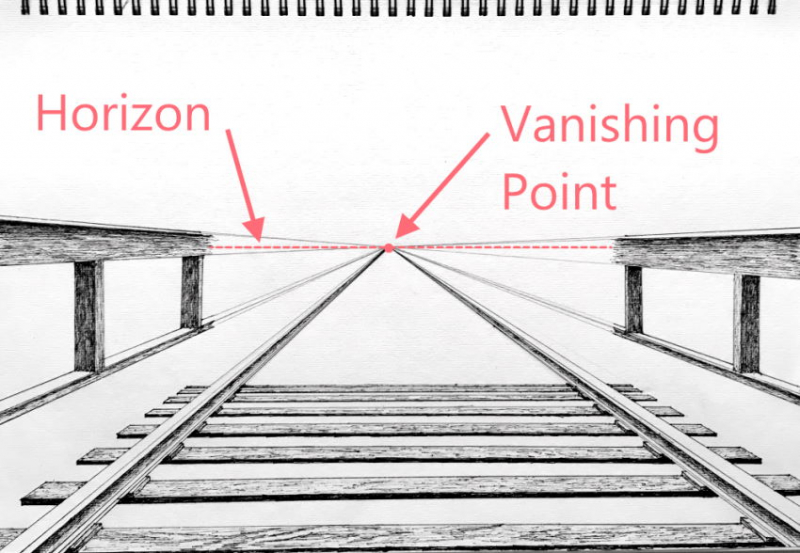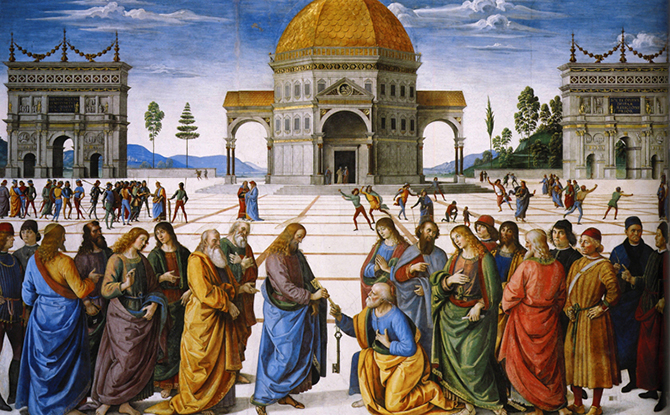Cubist Artists Left Linear Perspective
The first fact in the list of interesting facts about Cubism is that cubist artists abandoned Linear Perspective. Paintings have been created from a single fixed point of view ever since the Renaissance, if not earlier. Since the Renaissance in the 15th century, linear perspective has been a popular technique. By giving the appearance of depth, it overcame the challenge of depicting three-dimensional things on a two-dimensional canvas, enabling painters to produce realistic-looking paintings.
Cubist drawing and painting shared a two-dimensional appearance that embraced the flatness of the paper or canvas with the advent of cubism and the rejection of linear perspective by its founding artists, Pablo Picasso and Georges Braque. The two Cubist artists, who were influenced by the Post-Impressionist painter Paul Cezanne, rejected the conventional idea that art should imitate nature and instead produced drawings that showed objects that had been reduced and broken down into geometric shapes. The French art critic Louis Vauxcelles gave the movement the term Cubism as a result of the highly abstracted pictures and frequent usage of the cube.












